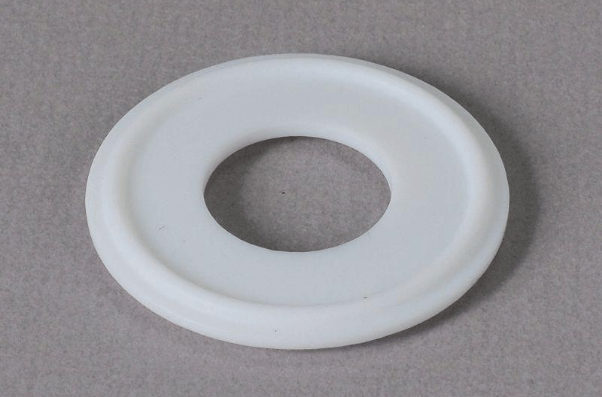For you to create leak-proof sealing, the proper sealing material is necessary to join the connecting flange and create a static seal. Such a seal ensures that the piping continues to function even in the most difficult conditions. Pipe flanges require different types of seals, such as a teflex gasket. Gaskets are designed to minimize and seal the irregularities between piping flanges, and to prevent service fluid leakages through the flange joints. A majority of gaskets are made from a low-cost material and are usually not checked until there is a problem, which usually comes at a high cost of servicing the joint seals. The best gaskets serve as buffers and cover the imperfections associated with joining different surfaces that require sealing. Let’s focus on the most popular materials for making gaskets.
Factors to consider when selecting a gasket material
- Cost
Overly cheap and subsequently, unreliable materials should not be used to make gaskets. However, the price should also not be too high for most business needs.
- Type of fluid associated with the gasket
The materials selected to craft gaskets should be able to handle the various fluids that will pass through the piping.
- Temperature
The choice of material chosen to craft gaskets should be capable of withstanding a wide range of temperatures of fluid passing through it.
- Robustness
Gasket materials should be durable and be able to withstand movements associated with changes in pressure and temperature.
- Resistance to corrosion
The best gasket materials do not corrode when exposed to fluids of varying pH levels. Environmental exposure should also not negatively influence gaskets.
- Pressure
The best gasket materials are capable of withstanding extreme changes in barometric pressure as a result of the fluids passing through the joints.
- Creep resistance
Gasket materials should allow significant creep when exposed to rapid changes in both temperature and load changes.
- Impermeability
The choice of gasket material should not allow the fluid passing through the piping to leak through it.
- Non-stick capability
Gasket material should not stick to the joint; it should be easy to remove if a replacement is ever needed.
- Compressibility
The perfect gasket material should be easy to compress into the imperfect shapes of the flange sealing joints required to create an initial seal.
Best gasket materials
The most common materials for crafting durable gaskets include:
- PTFE gaskets
This gasket material is highly chemical resistant and approved by the FDA under 21 CFR 177. PTFE can survive a wide range of temperatures required for the proper operation of teflex gaskets while displaying excellent anti-electromagnetic interference. PTFE also displays heightened resistance to corrosion by a wide range of chemicals. Teflex gaskets are used in glass-lined equipment, refrigerants, hydrocarbons, and hydrogen peroxide.
- Cork
Gaskets crafted from cork are highly durable, stable, and are lightweight. Cork is also supremely capable of resisting water penetration. It is easily compressible and features resistance to oil and lateral flow.
- Silicone
The silicone used to make gaskets can be in the form of sponge, solid, or foam. Silicone gaskets are inert, have high resilience, and have high-temperature stability.
Conclusion
Gaskets are a critical component of many piping setups and engines. Thus, to provide tight junction sealing, gasket materials should be selected carefully and include silicone, cork, and PTFE.
